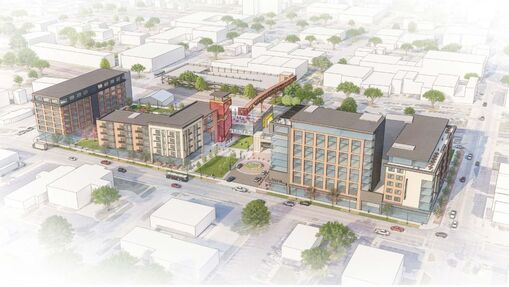|
304 Main St.
Ames, Iowa 50010 Phone: (515) 232-2310 |
About the Ames Chamber
Centrally and conveniently located in the heart of the Midwest and Iowa, Ames is known for its healthy, stable economy, flourishing cultural environment, and the world-renowned Iowa State University. With over 700 members, the Ames Chamber of Commerce strives to make Ames a better place to live, work, and do business by strengthening the economic vitality and the quality of life in the Ames community. |


 RSS Feed
RSS Feed
